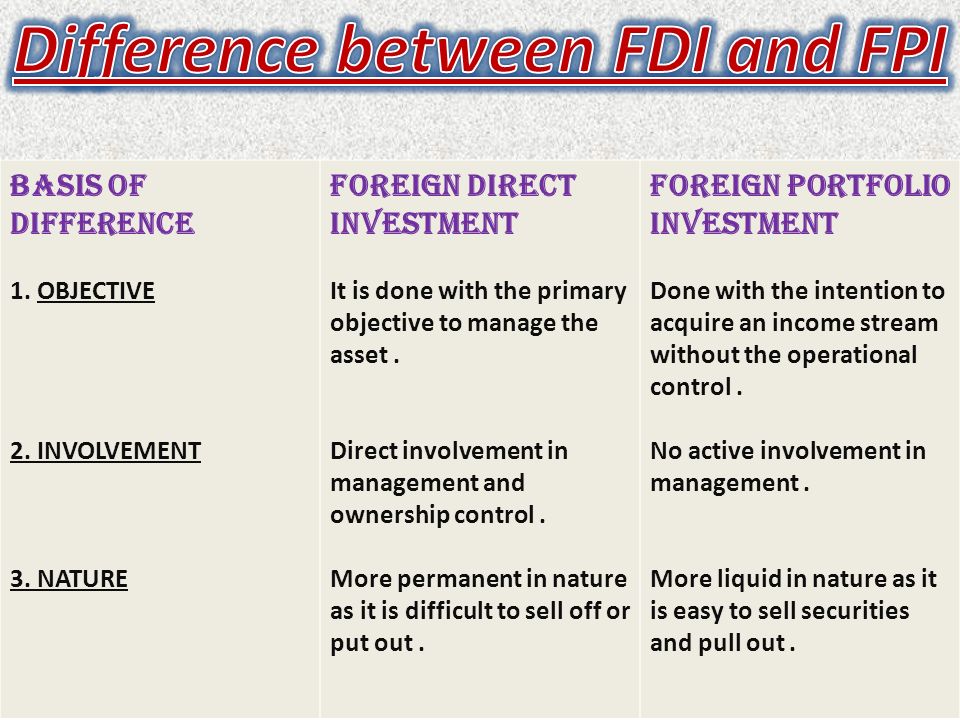

Inventory turnover shows the liquidity of a company, or how quickly it can sell its inventory without it losing value and pay off short-term debts. Stock is the least liquid asset, so calculating how quickly it can sell demonstrates the company’s financial health. The company might have changed its sourcing strategy of its raw material leading to saving in the inventory costs.
The data from the balance sheet, income statement, and cash flow statement is used to calculate different ratios and interpret them to draw opinions. As representatives of the retail industry, we know that inventory management is the fundament of our business model. To make sure that each product is distinguishable from other products in the warehouse, we use SKUs…. Inventory turnover, often known as stock turnover, measures how many times a specific item is sold over a given period. If you have identified that your inventory turnover is slow, then it may be time to ramp up sales and marketing efforts to try and sell more products.

Other businesses may find they have no choice in the quantities they order from their suppliers due to minimum order quantities, values or weights. If possible, stock figures at the beginning and at the end of every month should be taken and added up and thus should be divided by 13 to get a proper average. In questions, the stock figures are not given for different months, rather inventory in the beginning and at the end of the year is given; so the average of these two figures should be taken. Slow disposal of stocks will mean slow recovery of cash also which will adversely affect liquidity.
Costs & Sales
The investor can assess the efficiency of inventory management of a company along with the nature of its business model when she assesses the absolute value of inventory turnover ratio. A company with a low inventory turnover ratio would require a larger investment in its inventory when its business grows. Such companies may find it difficult to convert their profits into free cash flow for shareholders. On the contrary companies with a high inventory turnover ratio can manage their business growth without a lot of investment in their inventory and working capital. Please note that in its annual report, the company has mentioned the inventory turnover ratio in the number of days, which represents “days of inventory” parameter discussed at the start of this article.
The figure of inventory at the end of the year should not be taken for calculating stock velocity because normally the stock at the year end is low. Generally, efforts are made to dispose of inventory before the close of the year. Efficient ITR helps companies avoid overstocking and understocking the inventory levels and improve the efficiency of operations between departments (e.g. development, sales, marketing, purchasing, etc.).
Higher the inventory turnover i.e. lower the days of inventory means that the company needs a lower amount of inventory to run its business smoothly. Now imagine if the car manufacturer sells in all the major 100 cities in India and delivers cars from its plant in Delhi, then how many cars will be permanently in transit. How much money of the car manufacturer will be stuck in this finished goods inventory permanently in transit?
Analysis of this figure shows the company turned over its inventory 10.0 times over the year. Therefore, if the value of sales of any company increase, then its ITR will increase. Sales can increase either due to an increase in the volume of sales or an increase in the realization i.e. the price of goods. Therefore, an increase in realization a low inventory turnover indicates amount tied up in stocks is expected to increase the ITR for any company. I do not own stocks of the companies mentioned above in my portfolio at the date of writing this article. The credit rating agency, CRISIL has highlighted in its report in February 2017 that Supreme Industries Ltd has to maintain a large amount of inventory of its products.
Best project management tools for individuals When you have a lot on your plate, it’s easy to get overwhelmed. The higher your total is when using this formula, the more capable you are of paying your dues with what you have, which indicates that your business is financially healthy. True sense of belonging reflects the presence of authentic, positive connections to one’s coworkers and supervisors grounded in the reality of one’s truth. It’s feeling seen and celebrated, just as you are, for your unique contributions to the team and organization. It’s feeling supported in daily work and being proud of the employing organization’s vision, mission, and values, as they align with your own.
- If the inventory becomes spoiled and you can’t sell it, you’ll have wasted the money you spent on it.
- And that means they’re more likely to come back and purchase from you again and again.
- With this data, you’ll be able to compare your corporation’s stock days with that of your competitors.
- However, it’s essential to weigh up the extra carrying costs and opportunity costs against the savings to ensure you’re really getting a good deal.
A company can then divide the days in the period, typically a fiscal year, by the inventory turnover ratio to calculate how many days it takes, on average, to sell its inventory. A low inventory turnover ratio suggests either excess inventory on hand or poor sales. A low inventory turnover rate can specify a poor liquidity, due to possible overstocking, and obsolescence. It could also reflect a planned inventory build-up in the case of material shortages or in anticipation of rapidly rising prices. Generally, but not always, a high inventory turnover ratio indicates that a business manages its stock very well.
When a company should sell all assets and invest money in FDs?
Inventory turnover sheds light on many aspects of a company’s health — how well it meets its market’s needs, how efficiently it manages its cash flow, and how quickly it can expect to grow. These numbers help a company align their inventory purchasing strategy to cut costs and meet the market needs. For starters, inventory turnover indicates whether two of a company’s key departments — purchasing and sales — are in sync. In this case, your inventory turnover is 1.05, which indicates your company turned over its inventory more than once during the given time period. It calculates inventory turnover using the cost of goods sold instead of total sales.

On the contrary, if a company takes 3-months to convert its raw material into finished goods, then it would have an inventory turnover ratio of 4. Competitors including H&M and Zara typically limit runs and replace depleted inventory quickly with new items. There is also the opportunity cost of low inventory turnover; an item that takes a long time to sell delays the stocking of new merchandise that might prove more popular. A low inventory turnover ratio might be a sign of weak sales or excessive inventory, also known as overstocking. When combined with an ERP system, inventory management software can help in streamlining your supply chain, SKU assignment and management, automated purchase orders and other functions and features.
How to use cloud services for a business
If you get a value of one or less, it could indicate high liquidity in current assets, meaning you can easily convert it into cash within a short amount of time. A low inventory to working capital ratio could also mean that you don’t have enough inventory to meet product demand. On the other hand, a high inventory to working capital ratio could mean you have too much inventory, which can increase storage costs and wastage. In most cases, high inventory ratios are ideal because that means your company does a good job of turning inventory into sales. However, sellers of high-end goods may have lower turnover ratios because of the high cost and long manufacturing time.
How do you balance the trade-offs between customization and standardization in service delivery?
If you have one product that produces a majority of your sales, focus on producing an efficient inventory management system for that particular product. It’s important to focus more on the items that mean the most to your business, especially given the time constraints most small business owners face. A common generality is that 80% of demand will be generated by 20% of items. Prioritize that 20% to the top of your list, always checking to make sure that inventory is in stock and reordered frequently.
What Is a Good Inventory Turnover?
This could have an effect on the trade discount which is only allowed if the company pays within a certain period of time. The longer the collection time it may lead to less cash in hand when bills are due. This will increases the pressure on the company to create restricted payment terms on debtors, which could including penalties for late payments. The penalties on late payments could have a harmful effect on the company’s relationships with some of their debtors who don’t have cash to make prompt payments on account. When a company have inventory build-ups, they are generally not selling enough. So it’s especially important for the investors to see how well the company transforms inventory into cash.
Inventory turnover, or the inventory turnover ratio, is the number of times a business sells and replaces its stock of goods during a given period. It considers the cost of goods sold, relative to its average inventory for a year or in any a set period of time. Using all available marketing mediums can help you to grow your business by reaching new audiences and demographics. With an influx of new customers, sales on products can improve which will ultimately improve inventory turnover rates.
This means that £0.8 of every pound of working capital is tied up in inventory. Although, how high your working capital number is depends on the value of your assets and liabilities. For example, even if you have many valuable assets, you might still have a small working capital if your liabilities are equally high. On the flip side, if you don’t have many assets, but your liabilities are minor, you may have more working capital available.
We discussed how an investor can make informed judgements about companies when she gets the data of inventory turnover ratio of any company. Inventory management is important because buying excess raw material that may become obsolete and unusable whereas long-stored finished goods may become obsolete and non-saleable. All these may lead to inventory write-off, which can cause a significant impact on the financial health of the company. While analysing Filatex India Ltd, an investor notices that the inventory turnover ratio of the company has improved from 9.5 in FY2012 to 16.2 in FY2020. This improvement reflects efficient inventory management by the company. For example, if a company outsources the manufacturing of goods and only focuses on selling goods, then it can avoid blocking time and money in the purchase of raw material and its processing into finished goods.
